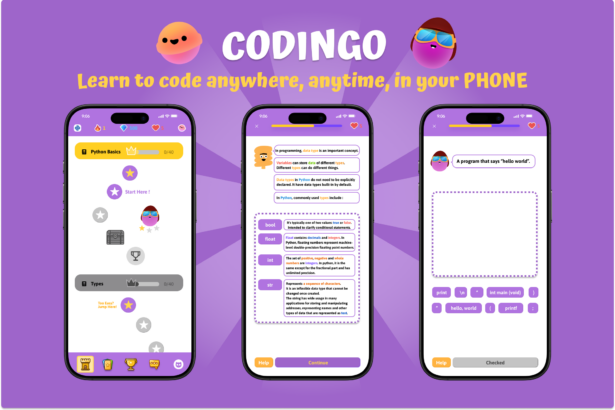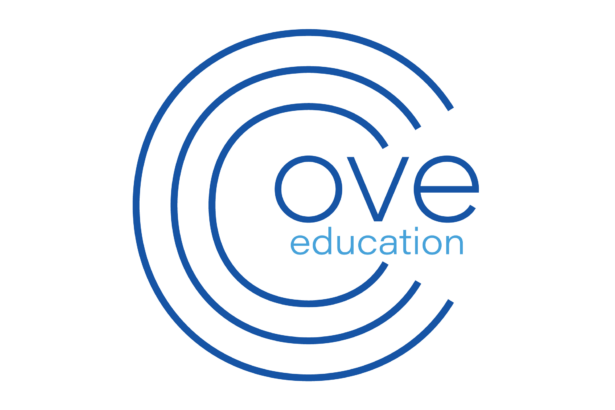“Unless a given experience leads out into a field previously unfamiliar, no problems arise, while problems are the stimulus to thinking. . . . the new facts and new ideas thus obtained become the ground for further experiences in which new problems are presented. The process is a continuous spiral. —John Dewey, Experience and Education, 1938, pp. 82, 87”
Every young child deserves the right to fully participate in science and having the opportunity to begin forming an identity of a scientist. This kindergarten curriculum hypothesizes that by framing science as an ever-changing process-based fund of knowledge, that is never completely sure, a liminal space will be created between uncertainty and knowing where all learners are welcomed to participate and explore..
Science is a journey and not a final destination.
Imagine a kindergarten class where instead of learning disconnected rote facts such as names and dates, all instruction begins with the telling of a deep mystery such as “gravity is the idea that smaller things like the moon will move closer to bigger things like the Earth. Mr. Newton always believe that something was pushing the smaller things but he wasn’t right! Mr. Einstein had an idea that there was something we can’t see – like a big blanket – where heavy things make big dents causing the smaller things to ROLL towards them. He was right! But we did not see this actually occur until 2015!”
Using the “Backwards Design” methodology for curriculum I have created the framework for a series of fun, engaging and instructive activities for children aged 5-6 to begin understanding the questions surrounding the scientific idea of gravity.
All activities are connected across several months in a public school kindergarten year occurring in phases:

Here is an example of an activity station for understanding how different ideas, and hypotheses of gravity have evolved. The “fabric of space” activity station uses basic materials to prepare children to see gravity not as a set of push and pull forces but as an unseen, yet measureable,” fabric of spacetime. Every activity is modifiable to the needs and interests of individual children–for example, when using this activity in the kindergarten where my student teaching occurred in Washington state we designed a game together based on number of rotations around the heavier objects on the blanket.

In addition to using an anti-bias curriculum (ABE) strategy to counter negative stereotypes that could begin to inhibit full participation starting at kindergarten–Constructivist pedagogy was to connect all activities. In addition to meeting each child where they are in their thinking about gravity now to help them assimilate new knowledge, schemas for understanding future more complex embodiments of gravity are created at each step to allow near and far positive transfer to support learning.

Dewey, J. (1958). Experience and education. Macmillan.



